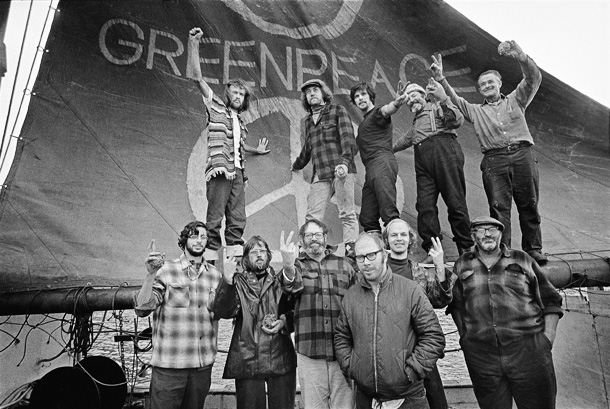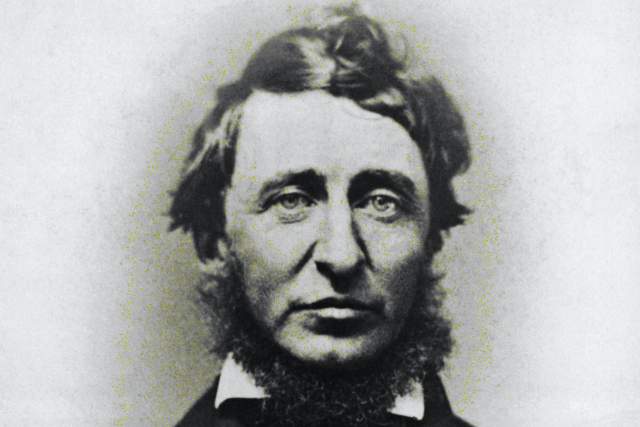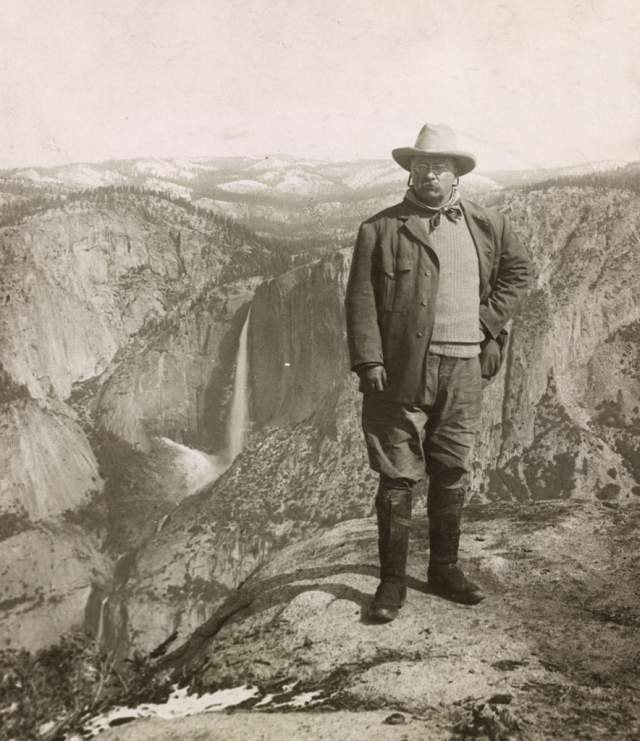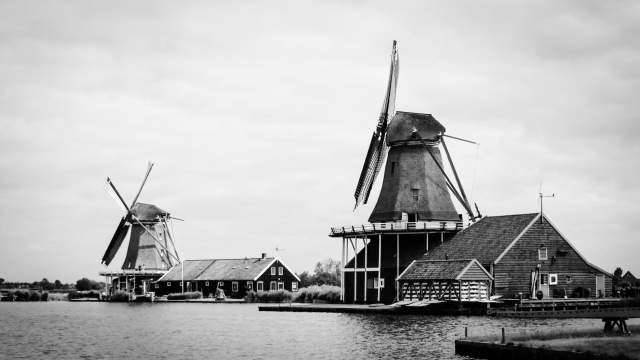Unveiling the Green Roots of Today’s Innovations
Have you ever stopped to wonder how we got to where we are today with environmental consciousness? I mean, it’s easy to think about modern-day activists and scientists, but the truth is, it goes way back. The famous historical figures we usually associate with other fields – you know, politics, art, even war – actually played surprisingly crucial roles in shaping how we understand the environment. So, we’re going to take a journey back to the environmental milestones to see the surprising contributions of historical leaders to environmental conservation.

Early Pioneers of Environmental Awareness
Okay, long before “climate change” was a thing anyone talked about, some individuals just got the delicate balance between humanity and nature. These weren’t yet the key figures in the history of environmental science, that would come later.

- Henry David Thoreau (1817-1862): You’ve probably heard of him. This American essayist, poet, and philosopher is best known for his book “Walden,” which is basically a reflection upon simple living in natural surroundings. His writings promoted a connection with nature and advocated for mindful interaction with the environment. He’s definitely one of the early influencers of modern environmental movements.
- George Perkins Marsh (1801-1882): An American diplomat and philologist, Marsh is considered by some to be America’s first environmentalist. His book, “Man and Nature” (1864), argued that human actions have destructive impacts on the environment, particularly through deforestation. You can really see his ideology reflected in the evolution of ecological awareness from past to present.
- John Muir (1838-1914): I see Muir as a personal hero. He was a Scottish-American naturalist, author, and, let me tell you, a huge advocate of wilderness preservation. Muir’s activism helped to preserve the Yosemite Valley, Sequoia National Park, and other wilderness areas. His writings about nature created a lasting legacy.
The Rise of Conservation: Political Leaders Taking a Stand
It wasn’t just thinkers and writers, though – political leaders, too, began to recognize the need for conservation. This, I guess, marks the beginning of actual policies.
- Theodore Roosevelt (1858-1919): As the 26th President of the United States, Roosevelt was a staunch conservationist. I mean, the guy established the United States Forest Service (USFS) and created 150 national forests, 51 federal bird reserves, 4 national game preserves, 5 national parks, and 18 national monuments. All told, he protected approximately 230 million acres of public land. When we look at these achievements, it is pretty clear the impact famous scientists have had on sustainable practices,

Scientific Breakthroughs: Understanding the “How” and “Why”
- Rachel Carson (1907-1964): Her book, “Silent Spring” (1962), exposed the harmful effects of pesticides on the environment, particularly on birds. This work led to a nationwide ban on DDT and other pesticides and is, to be honest, credited with launching the modern environmental movement. This is a real example of historical policies that shaped current environmental laws.
- James Lovelock (1919-2022): This independent scientist is best known for proposing the Gaia hypothesis, which basically suggests that the Earth functions as a self-regulating system. While it was controversial, his theory emphasizes the interconnectedness of all living things and their environment.
The Dawn of Renewable Energy: From Ancient Concepts to Modern Solutions
The quest for clean energy isn’t new, but the understanding of the historical advancements in renewable energy sources has been evolving.
- Windmills and Waterwheels: Used for centuries to grind grain and pump water, these early technologies demonstrated the power of harnessing natural forces. Did you know that these are the foundation of today’s wind turbines and hydroelectric dams?
- Edmond Becquerel (1820-1891): This French physicist discovered the photovoltaic effect in 1839, basically showing that electricity could be generated from sunlight. He was definitely one of the green technology pioneers.

It’s kind of mind-blowing to think that the seeds of today’s solar panels were sown nearly two centuries ago! By analyzing the eco-friendly innovations timeline, you can clearly see the advances made by our predecessors.
Environmental Activism
- Wangari Maathai (1940-2011): This Kenyan environmental and political activist founded the Green Belt Movement, an organization focused on tree planting, conservation, and women’s rights. She was awarded the Nobel Peace Prize in 2004 for her amazing work.
- David Attenborough (1926-Present): A Natural historian and broadcaster known for his captivating nature documentaries. I think that the famous environmental pioneers and their legacies continue to inspire many.
Inspiring Future Generations
So, this journey through the history of environmentalism reveals a powerful truth: we stand on the shoulders of giants. You know, from philosophers questioning our relationship with nature to scientists unraveling ecological complexities and activists demanding change, each generation has built upon the last. The role of famous figures in developing recycling technologies and advocating for sustainable practices is undeniable.

As we face the challenges of climate change and environmental degradation today, it’s vital to remember the lessons of the past. I mean, the impact of historical decisions on current climate strategies is undeniable. By understanding the historical environmental policies and actions, and how past innovators influence today’s eco technologies, we can better prepare the actions of tomorrow. What steps will you take to honor their legacy and contribute to a greener future?
